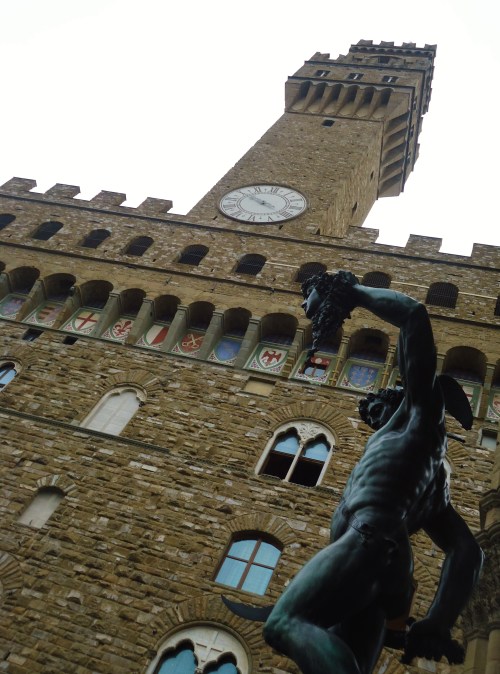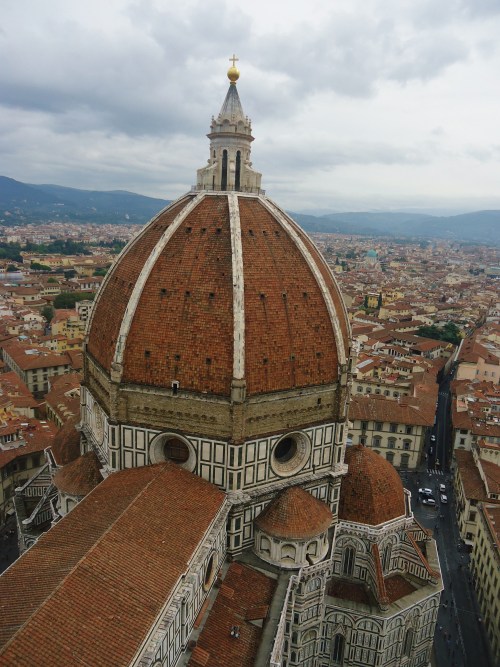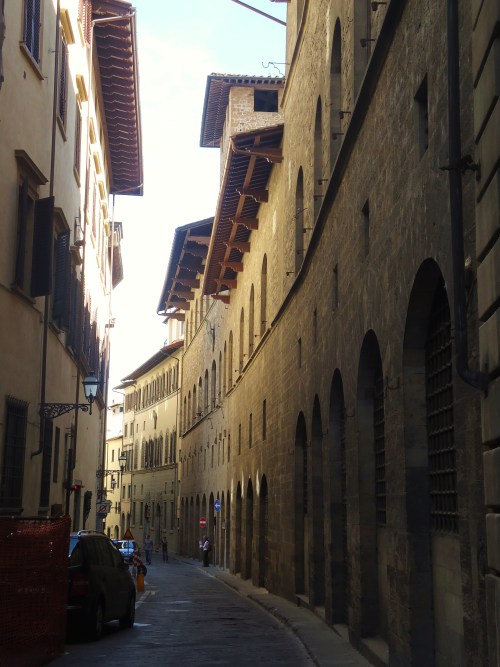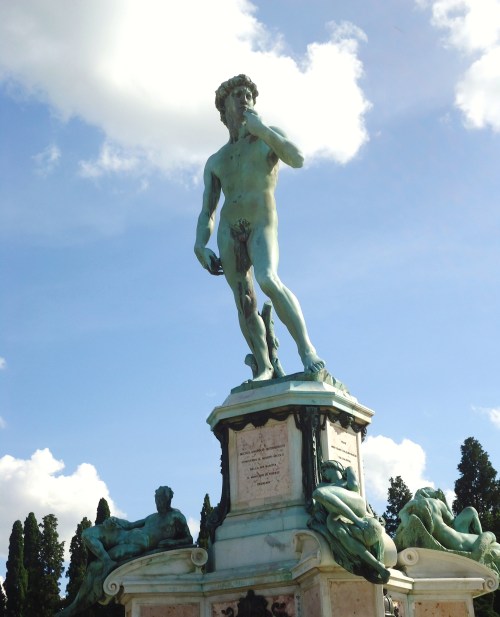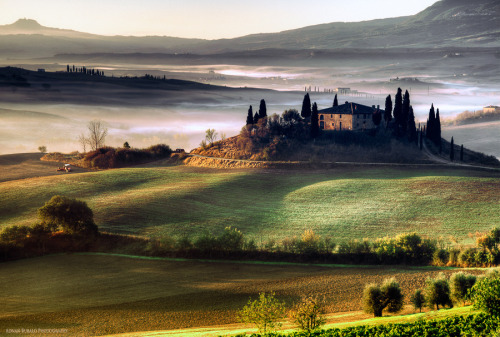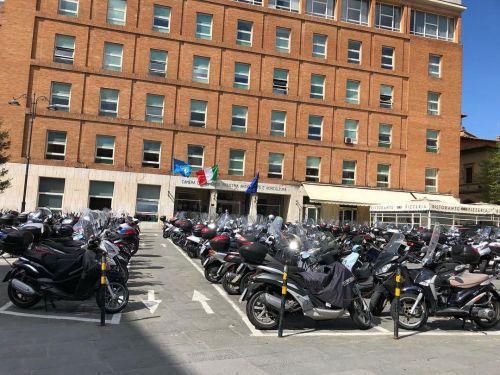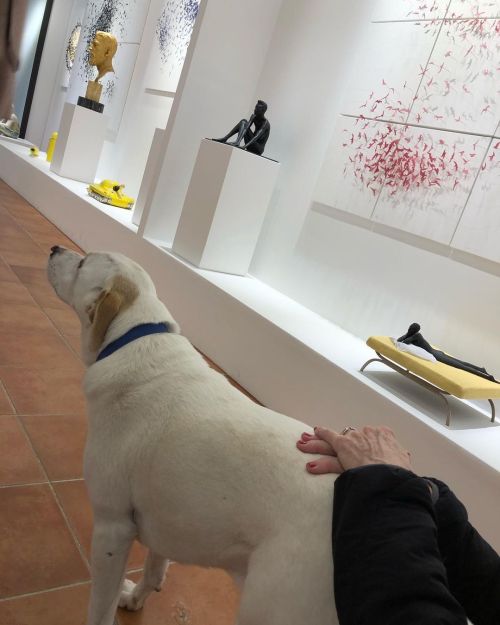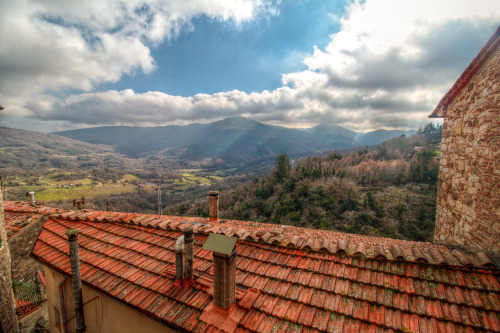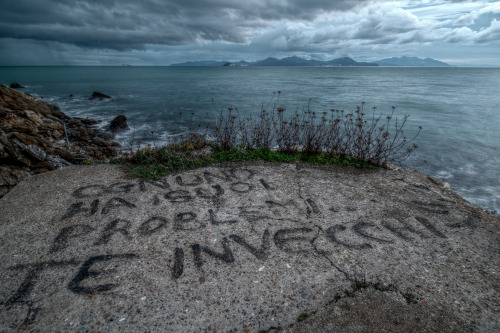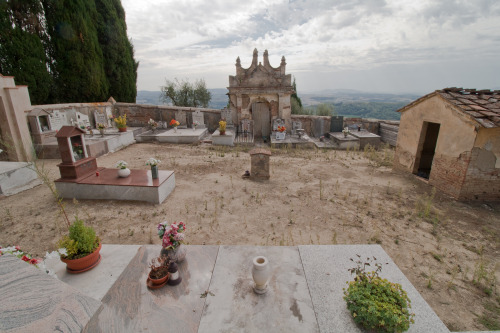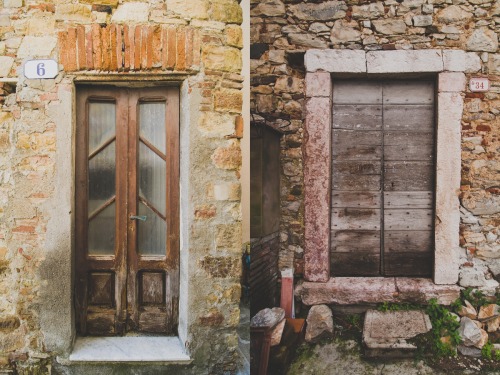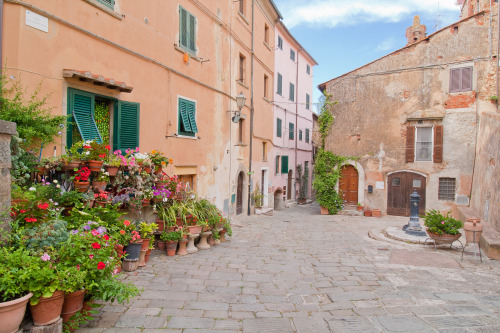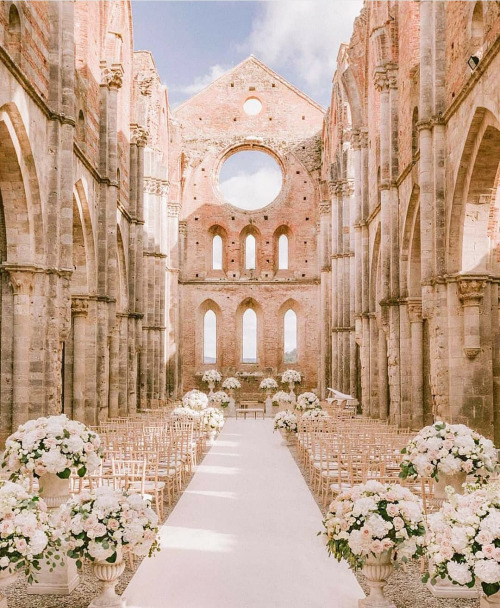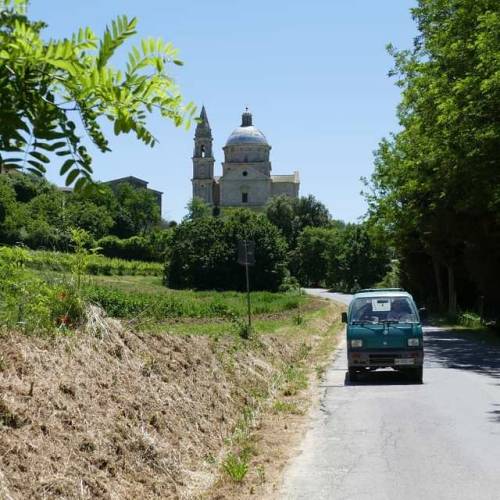#tuscany
@juiloquellavera #model #paolodelfrateofficial #photographer #tuscany (presso Tuscany)
https://www.instagram.com/p/B_GEF_2KRK5gHR_iH5Qf_NsK6obQc8FryCWjIs0/?igshid=emi8kv9sctzh
Post link
Motorcycle, Tuscany, Italy. #italy #tuscany #motorcycle #motorcyclelife #photography #art #design #style #architecture #travel
https://www.instagram.com/p/CeHHVAxJ-j7/?igshid=NGJjMDIxMWI=
Post link
Art, Tuscany, Italy, hanging with the gallery shop dog & checking out the art. #art #design #style #architecture #photography #travel #tuscany #italy
https://www.instagram.com/p/CeHHDwsJnnM/?igshid=NGJjMDIxMWI=
Post link

Burning sky above Siena.






“Quanto alla campagna, la differenza fra ciò che essa ha insegnato a me e ciò che essa sta insegnando a te, è ancora più enorme. Per me essa è stata la certezza di una continuità con le origini del mondo umano, e ha valorizzato, fino a dar loro carattere quasi di rito, ogni minimo gesto, ogni parola. Per te, al contrario, la campagna parla di se stessa come di una spettrale e quasi paurosa sopravvivenza. Quanto al resto, essa è un luogo esotico per atroci week-ends e per non meno atroci villette da alternare con l'atroce appartamento in città (tutto atroce per me, s'intende).” Pier Paolo Pasolini “Lettere luterane”.
The Death of the Florentine Republic
The Florentine Republic is well-documented to have been essential in the formation and proliferation of Renaissance ideas throughout Europe. Peaking in the 15th century CE under Medici proxy rule, Florence set the standard for what/how a “modern” city should look and behave at the time. From 1434 to 1494, the Medici family ruled jointly with (but ranking higher than) the Council of Florence through the signoria system which had replaced free commune systems. The Florentine Republic briefly shook off the chains of Medici rule between 1494 and 1512 before being replaced by Papal proxy leaders in the form of cardinals. To the shock of no one, these cardinals were of the Medici family appointed to Florentine control by Pope Leo X (born as Giovanni di Lorenzo de’Medici, depicted in the Raphael painting below housed in the Uffizi).

The people of Florence were exhausted by decades of politicking and not-so-subtle Medici intervention in literally every aspect of life. To complicate matters, Florence had embroiled itself officially in the Italian Wars of 1494-1498, 1508-1516, and the war for Urbino in 1517. The Florentine economy was already suffering from prolonged warfare and it only got worse when, in 1526, Florence once again entered into the arena with the War of the League of Cognac on the side of France. Moreover, Italy was thrown right into chaos when Rome was sacked and Pope Clement VII (another Medici, crazy huh?) was captured in 1527.

Italy wasn’t looking too good and rival families to the Medici in Florence decided to once again throw off their chains. The rebellion succeeded and the Medici were exiled, but Florence continued to fight with the French. This was causing the Florentine economy to hemorrhage money. So bad was the state of the economy that, as Maurizio Arfaioli explains in The Black Bands of Giovanni, by 1528 the Florentine Republic was spending 30,000 ducatimonthly. Churches had been stripped of their silver, heavy taxes placed on the people, and most state assets had been pawned. Florence had put all of its eggs in one basket and, when the League’s army collapsed and was destroyed outside Naples in 1528, the Republic suffered a tremendous blow to its power. Pope Clement VII hadn’t been sitting idly either. Furious with the removal of his family from the city, a treaty was signed with Emperor Charles V to seize Florence and restore his family’s control. The result was a prolonged siege and utter destruction of the Florentine Republic in 1530. Imperial German troops were stationed in Florence and Alessandro de’Medici (pictured below in a painting housed at the Uffizi) was made Duke of the Florentine Republic, establishing hereditary dynastic rule officially.

Despite his decent rule, Alessandro didn’t last long and neither did the Duchy of Florence. He was assassinated seven years into his uneasy, but distinctly authoritarian reign and was replaced by Cosimo I de’Medici (pictured below in a portrait from the MET).

Cosimo immediately clamped down control and fought intensely in the last of the Italian wars, going so far as to invade the Republic of Siena and establish the Grand Duchy of Tuscany. Thus ended the Florentine Republic, first in violent death throes and then in exhausted subservience. The Grand Duchy of Tuscany would remain in Medici hands until the early 18th century, growing ever irrelevant in European grand politics.
A typical #Tuscan #countryside scene
#tuscany #toscana #travel #travelgram #instatravel #italy #italy #italia #igersitalia #igersitaly #travelphotography #visittuscany #madeinitaly #igerstuscany #tuscanylovers #volgotoscana #volgoitalia #tuscanyvillage #villages #borghitalia #borghi #travelblog #travelblogger (at San Biagio, Montepulciano)
https://www.instagram.com/p/By5iq20jh8w/?igshid=wfl9o8cxamsb
Post link


